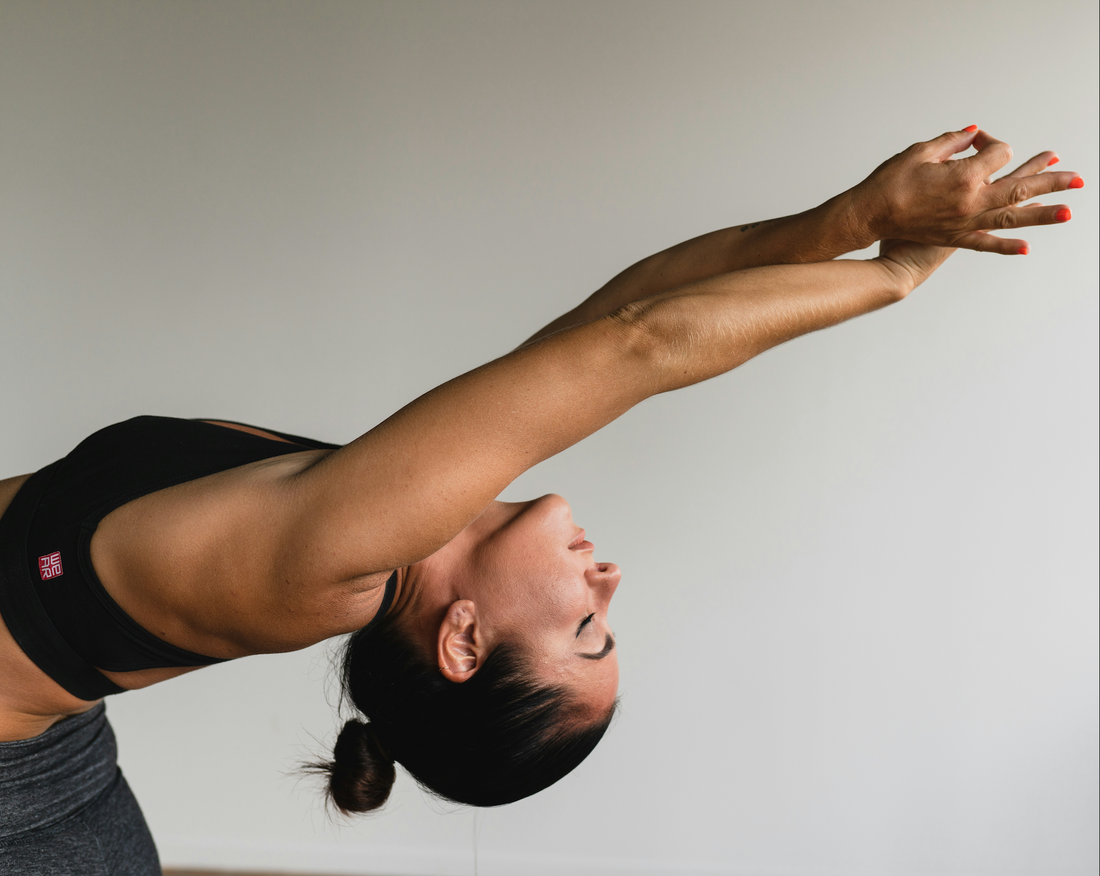There’s something quietly magical about the first mornings of Spring. The air feels lighter, the sun rises earlier, and your body seems to know it’s time to begin again. Spring mornings offer a natural cue to reset, a gentle invitation to align with your body’s internal clock, also known as your circadian rhythm. As the days stretch longer and the light arrives sooner, even brief exposure to morning sunlight can help you feel more energised, focused, and in sync. It’s not about rigid routines or productivity hacks, but rather it’s about noticing how your body responds to the season and letting nature guide your rhythm.
What Is the Circadian Rhythm?
Your circadian rhythm is your body’s internal clock, guiding sleep, wakefulness, and daily energy patterns. It sets the tempo for when you naturally feel alert, tired, or ready to eat, and it responds to cues from light, meals, and movement. Observing how your body reacts to these cues, especially during spring, helps you understand why syncing with your rhythm matters. You might notice, for example, that you feel more alert during certain parts of the morning, or that energy dips in predictable patterns. Recognising these rhythms allows you to work with your body rather than against it, and helps you appreciate the natural timing behind your mood, focus, and overall sense of wellbeing.
Spring Is the Perfect Time to Reset Your Circadian Rhythm After Winter
The transition from winter's darkness to spring's light can feel like a gentle, built-in reset that your body naturally recognises. Longer mornings and earlier light signal your body to wake naturally. Even a few minutes outside helps you notice changes in energy, mood, and appetite cues. When you catch those first rays of the day, your body gradually dials down melatonin (the sleepy hormone) and starts activating serotonin (the feel-good one). It’s like swapping grogginess for a clearer head and lighter mood, all before your second cup of tea. This seasonal shift doesn’t require effort; it’s embedded in the rhythm of the environment.
Observing how your body responds to these seasonal changes helps you understand the “why” behind the rhythms you feel, without needing rigid routines. It’s not about forcing a schedule, but about noticing how your body naturally adjusts to the cues around you.
The Science Behind Morning Sunlight and Sleep Quality
Research suggested that exposure to bright natural sunlight in the morning may influence melatonin levels, the hormone responsible for making you feel sleepy. According to a study published in Scientific Reports (2023), even short periods of natural morning light exposure, around 10–15 minutes, have been associated with changes in melatonin levels and alertness in participants. These findings support the idea that light exposure plays a role in regulating your circadian rhythm and may support sleep patterns over time.
Natural light also appears to support serotonin production, a neurotransmitter linked to mood and daytime energy. While individual responses vary, the consistent cue of morning light is widely recognised as a key factor in helping your body stay aligned with its internal clock.
Bonus Perks of Morning Sunlight for Sleep, Rest, and Well-Being
Catching the early rays of spring sunlight offers more than a brief moment of calm; it’s a simple habit that encourages clarity and energy throughout the day. Spending a few minutes in early light can help you feel more focused, uplifted, and in tune with your natural rhythm. Observing how your mood and alertness respond reinforces the connection between seasonal cues and daily energy patterns. Pairing your morning or evening wind-down with calming rituals, like a warm mug of Natvia’s Hot Choc Relax, infused with lavender and chamomile, can help you ease into rest and embrace the slower moments of the season.
Well-being begins with small, intentional choices, such as noticing the morning light and how your body responds. Aligning your circadian rhythm with the natural cues of spring sunlight allows you to feel more in sync with your day and your environment. For those curious to explore further, our guide Synchronising Your Life: The Ultimate Guide to Circadian Rhythm Magic offers practical insights for observing and embracing your body’s natural clock throughout the year.





